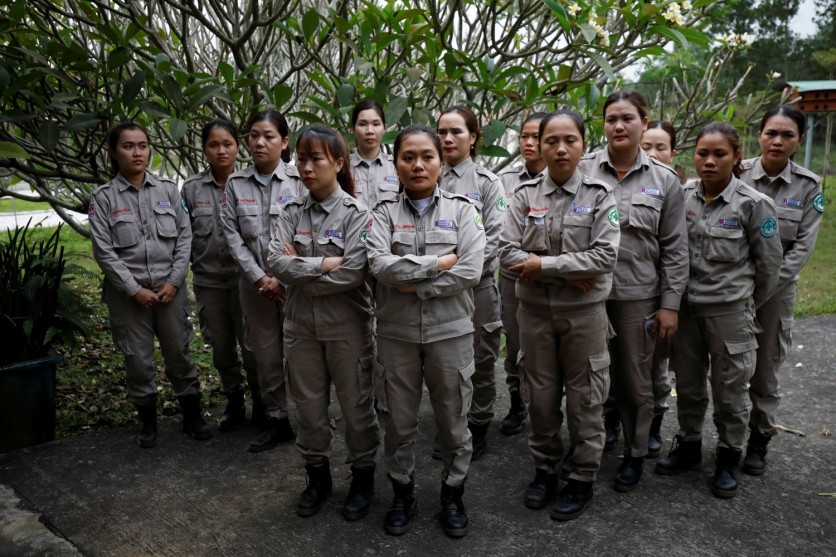

Weeding out the last unexploded bombs from the Vietnam War will be made less complicated with an AI gadget that predicts where they're placed based on satellite data.

Despite the struggle finishing in 1975, it's long envisioned that there are at least 350,000 heaps of live bombs and mines closing in Vietnam alone.
Clearing all the explosives from the vicinity would take around 300 years at the current rate. In the meantime, accidental casualties and extreme injuries retain to mount.
More than 58,000 American soldiers died in the fight between 1960 and 1975, according to The Atlantic. The estimated number of Vietnamese infantrymen and civilians killed on each facet varies widely, from 2.1 million to 3.8 million in the course of the American intervention and in associated conflicts before and after.
Safely removing unexploded bombs and landmines has not been as effective before
Now, a new machine being evolved by using Ohio State University researchers could improve the detection of bomb craters via extra than 160 percent over widespread methods.
The model, combined with US navy records, suggests that 44 to 50 percent of the bombs in the area studied might also remain unexplored.
Currently, attempts to locate and safely get rid of unexploded bombs and landmines have not been as effective as wished in Cambodia, according to researcher Erin Lin.
She cites a recent UN-commissioned report that has criticized the Cambodian agency for supplying a picture of areas with minimal or no hazard of getting unexploded mines. The file urges a shift in cognizance to more high-risk regions.
"There is a disconnect between services that are desperately needed and where they are applied, partly because we can't accurately target where we need demining the most," Lin said.
The researchers started with a commercial satellite image of a 100km2 place close to the town of Kampong Trabaek in Cambodia. The location was the goal of carpet bombing via the US Air Force from May 1970 to August 1973.
The researchers used gadget learning strategies to analyze the satellite images for evidence of bomb craters. The craters assist the researchers in identifying how many bombs really exploded.
More than 170 bomb sites were found in agricultural areas
They can then decide how many unexploded bombs may be left and the specific regions wherein they might be found.
Bombs do create holes similar to the ones made by meteors, she said. Lin explained there's going to be grass and shrubs growing on the craters over the decades, which would cause erosion.
After the system 'learned' the way to detect the actual bomb craters, it immediately picked out 177 sites wherein bombs had fallen.
The researcher's version identified 89 percent of the proper craters (157 of 177). They additionally recognized 1,142 fake positives - crater-like looks not because of bombs.
By making use of more specified gadget-learning approach to the data, 96 percent of the fake positives were eliminated, while losing 5 of the actual bomb craters. The average accuracy rate is around 86 percent, correctly figuring out 152 of 177 bomb craters.
This proposed method increases actual bomb detection by more than 160 percent, Lin said.
Much of the land covered in this research is agricultural, meaning that nearby farmers are at risk of encountering an unexploded bomb, she said. The threat is real, not merely hypothetical.
In the six decades following the U.S. bombing in Cambodia, more than 64,000 people have been killed or injured there with the aid of unexploded bombs. Today, the injuries would be one individual every week.
"The process of demining is expensive and time-intensive, but our model can help identify the most vulnerable areas that should be demined first," Lin said.
ⓒ 2025 TECHTIMES.com All rights reserved. Do not reproduce without permission.




